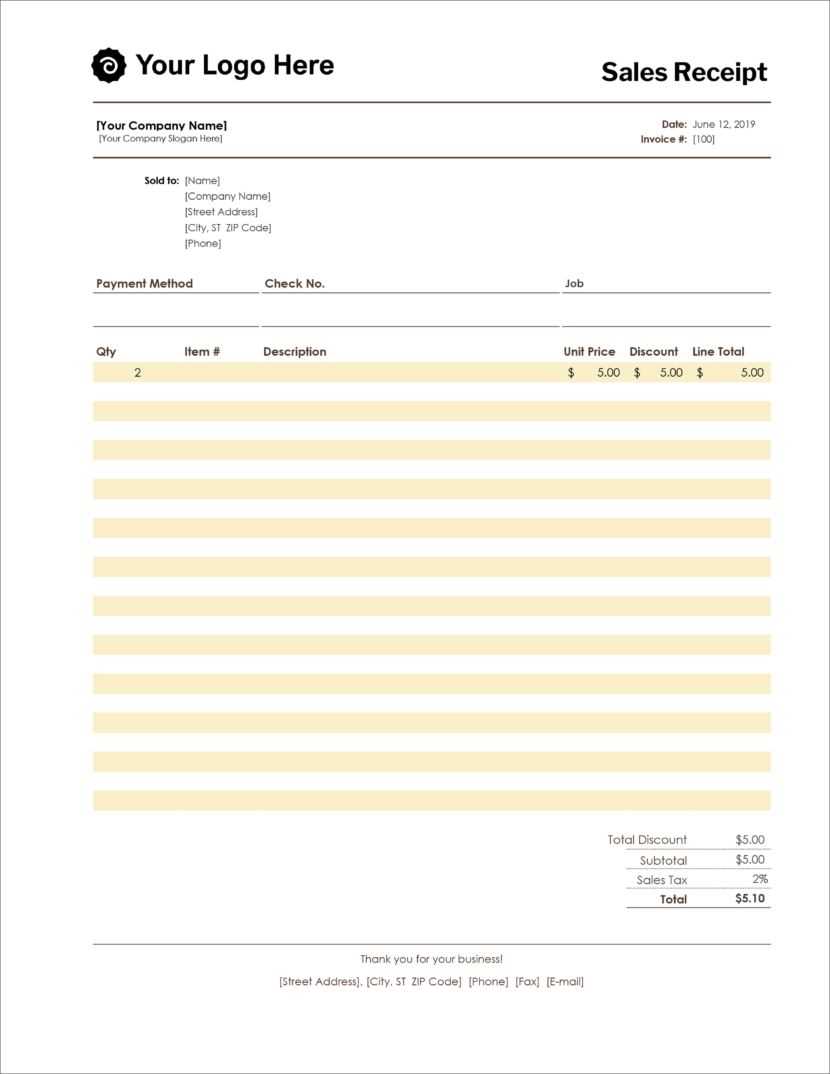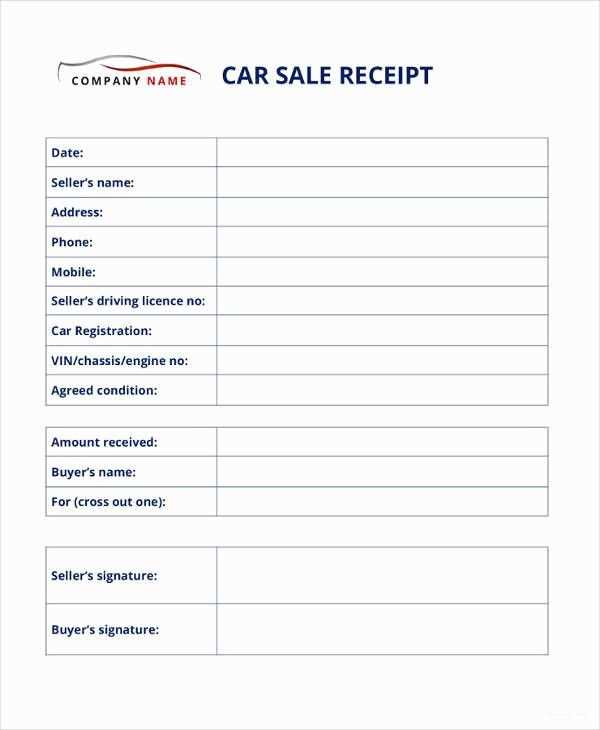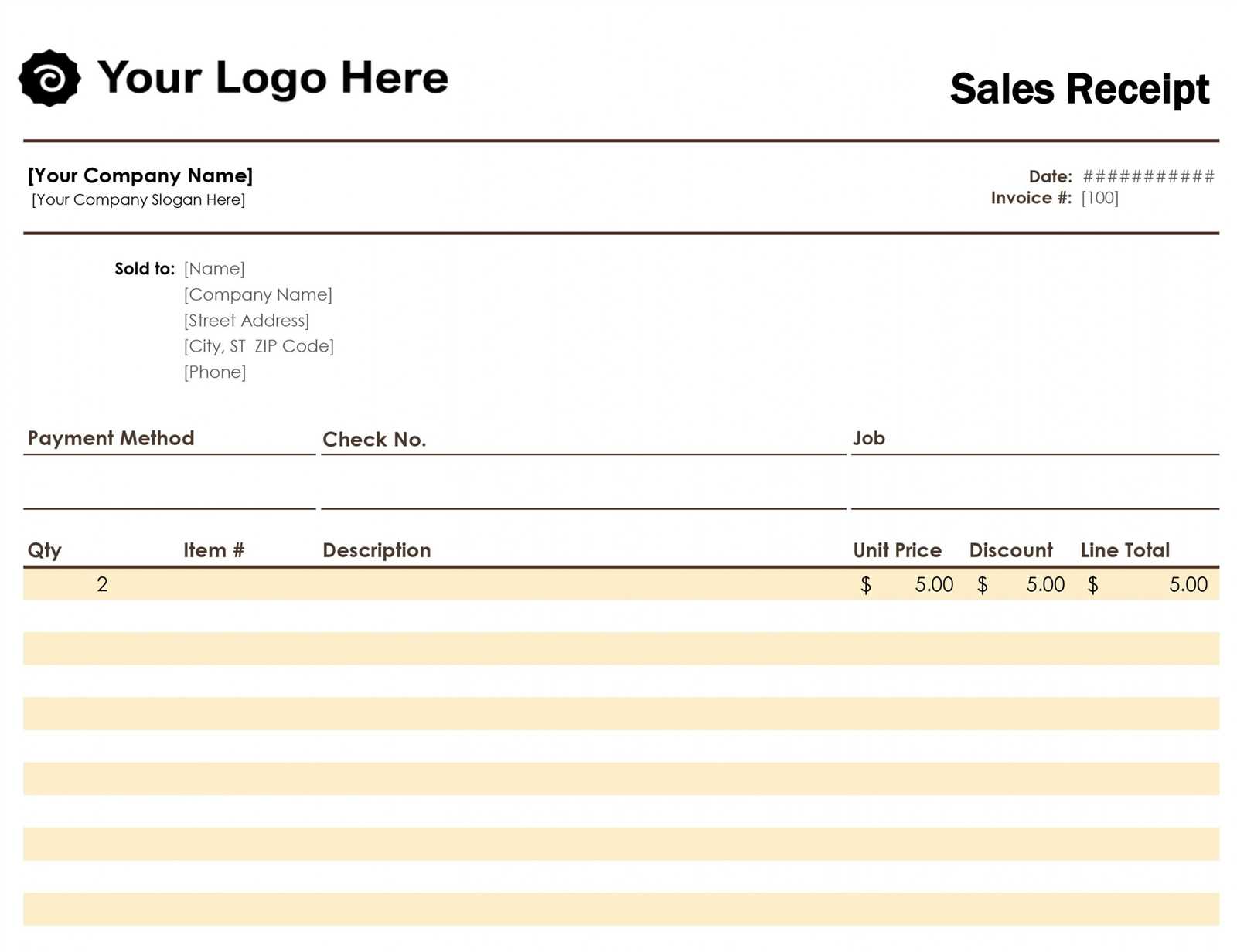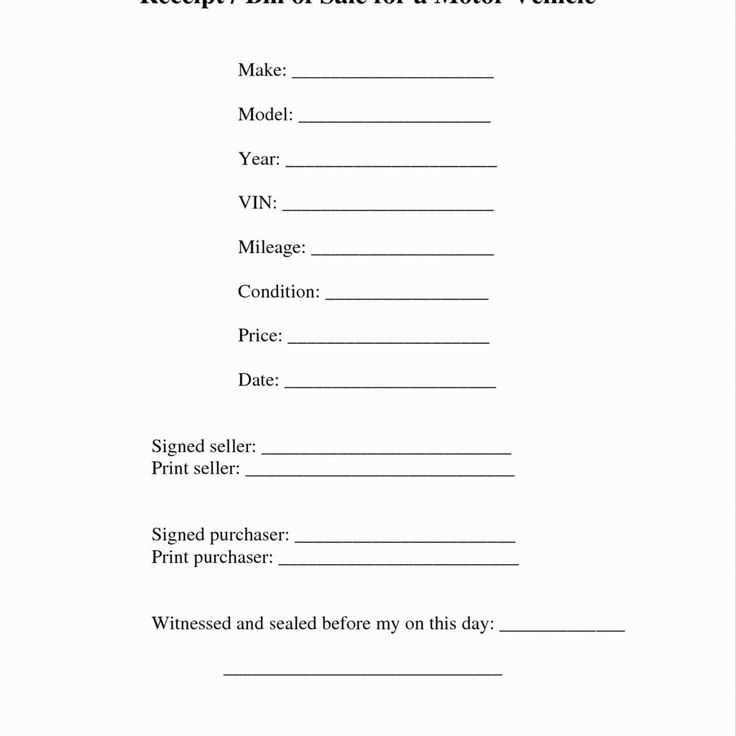
When selling a vehicle privately, having a clear and detailed receipt can prevent misunderstandings and protect both parties. A well-structured receipt includes the vehicle’s make, model, and VIN (Vehicle Identification Number), as well as the sale price and date of transfer. Including the names and contact details of both the buyer and seller ensures that all necessary information is easily accessible for both parties.
Start with basic details: Include the date of the transaction and any warranties or promises made about the condition of the vehicle. If applicable, state whether the vehicle is sold “as is” or with a guarantee. This can prevent future disputes regarding the vehicle’s condition.
Highlight the specifics: Make sure to clearly indicate the agreed-upon sale price and the payment method used (e.g., cash, check, or bank transfer). This transparency can help resolve any questions that may arise about the payment process later on.
Private Auto Sale Receipt Template
Ensure the receipt includes the following critical details:
- Buyer and Seller Information: Clearly list the names, addresses, and contact details of both parties.
- Vehicle Information: Include the make, model, year, VIN (Vehicle Identification Number), and mileage.
- Sale Price: Write the exact amount agreed upon for the transaction. Include the currency if necessary.
- Payment Method: Specify whether the payment was made via cash, bank transfer, or other methods.
- Date of Sale: Include the exact date of the transaction to avoid any confusion.
- Condition of the Vehicle: State whether the vehicle is sold “as-is” and provide any relevant condition notes.
- Signatures: Both parties should sign the receipt to confirm the details are accurate.
This template ensures both parties are protected, providing a clear record of the sale that can be referred to if necessary in the future.
How to Include Vehicle Details in the Receipt
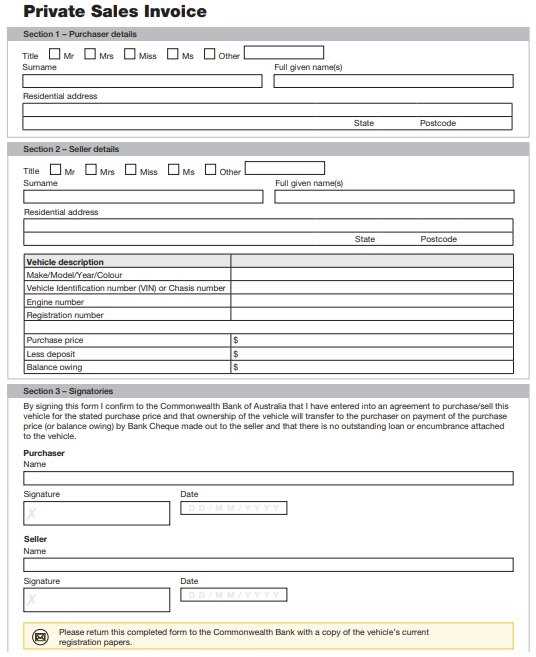
List the vehicle’s make, model, year, and vehicle identification number (VIN) on the receipt. This provides clear identification of the car being sold. Make sure to include the odometer reading at the time of sale to verify the vehicle’s mileage. If applicable, mention the condition of the vehicle, such as whether it was sold as-is or with a warranty.
Vehicle Make and Model: Clearly state the car’s brand and model for easy identification.
Year of Manufacture: Include the vehicle’s year of manufacture to avoid any confusion.
Vehicle Identification Number (VIN): The VIN is a unique identifier for the car and should be listed correctly to prevent any disputes later.
Odometer Reading: Record the mileage at the time of the sale. If the odometer has been replaced or is inaccurate, note it on the receipt.
Condition of the Vehicle: If the car is sold as-is, make this clear. If any warranties or guarantees are offered, state those terms clearly.
Essential Buyer and Seller Information to Record
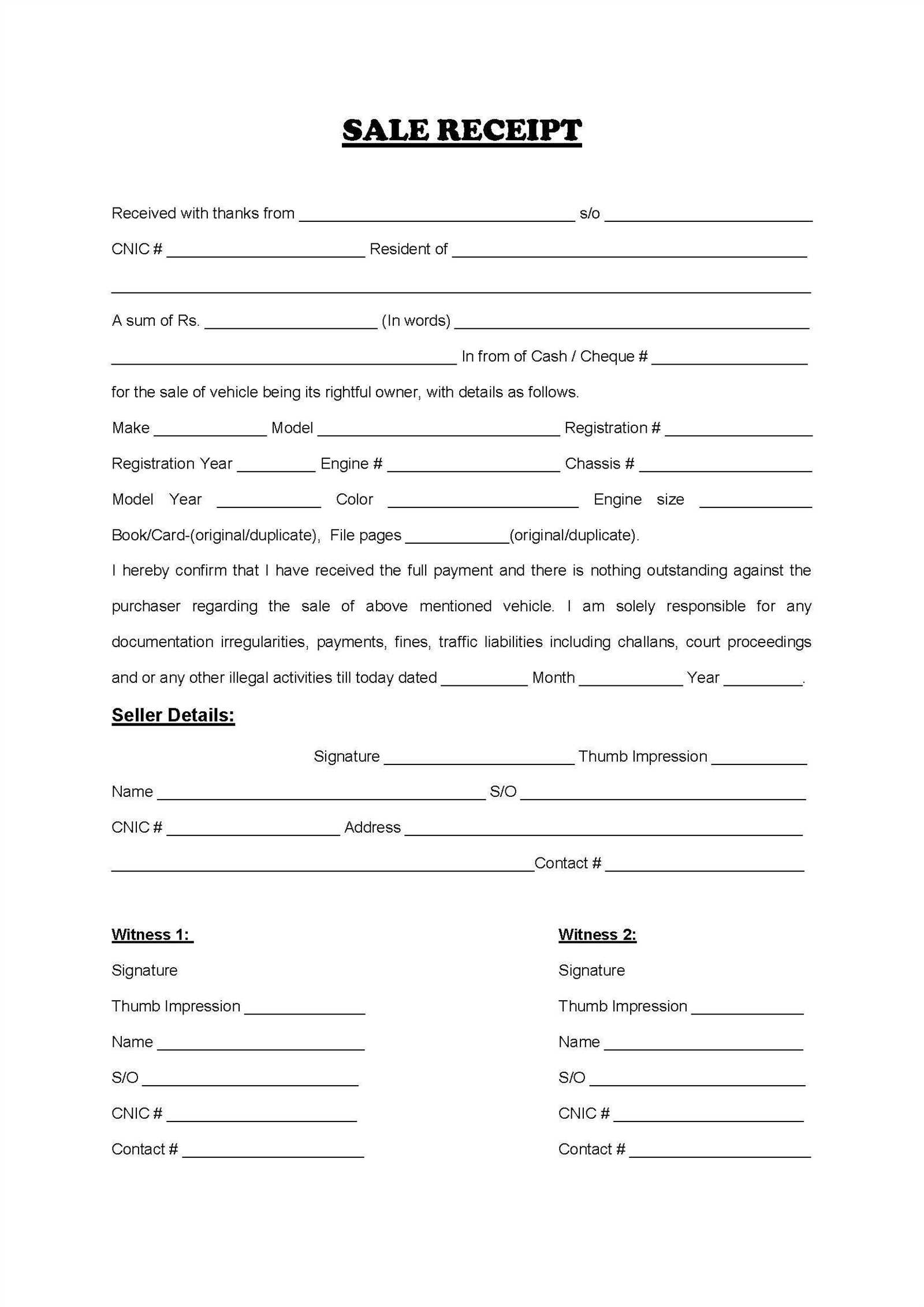
Include the full names, addresses, and contact details of both the buyer and seller. Clearly state the date of the transaction to avoid confusion later. Note the vehicle’s make, model, year, and VIN (Vehicle Identification Number) for identification. Specify the agreed-upon sale price and payment method, whether it’s cash, check, or another form. Mention if there are any warranties, as well as the condition of the vehicle at the time of sale. If there are any liens or debts on the car, they should be documented. Finally, both parties should sign and date the receipt to confirm the transaction details.
Steps to Verify the Transaction Legally
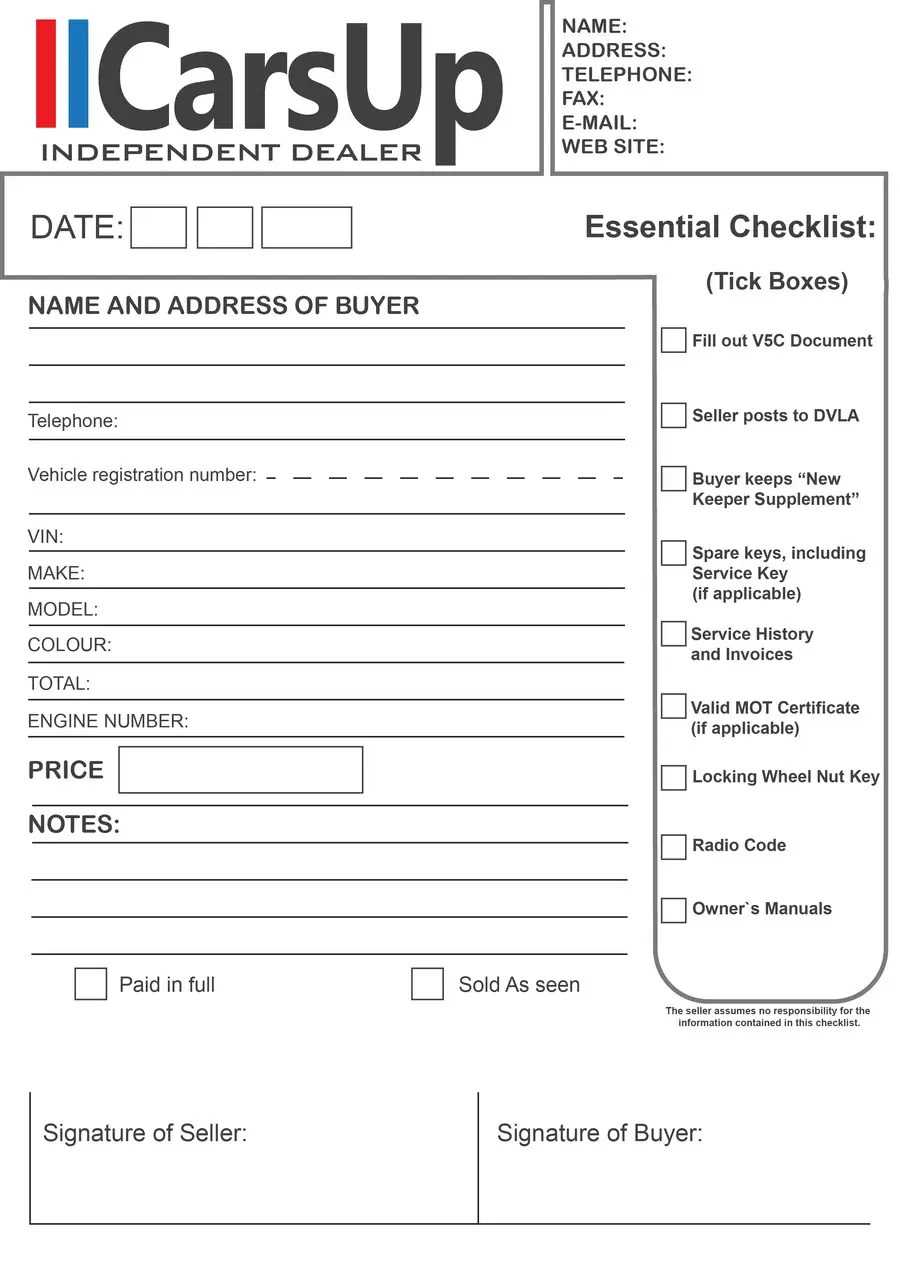
Confirm the transaction with a notarized bill of sale. This adds an extra layer of legal validity and prevents future disputes. Both the buyer and the seller should sign in the presence of a notary public.
Gather Required Documents
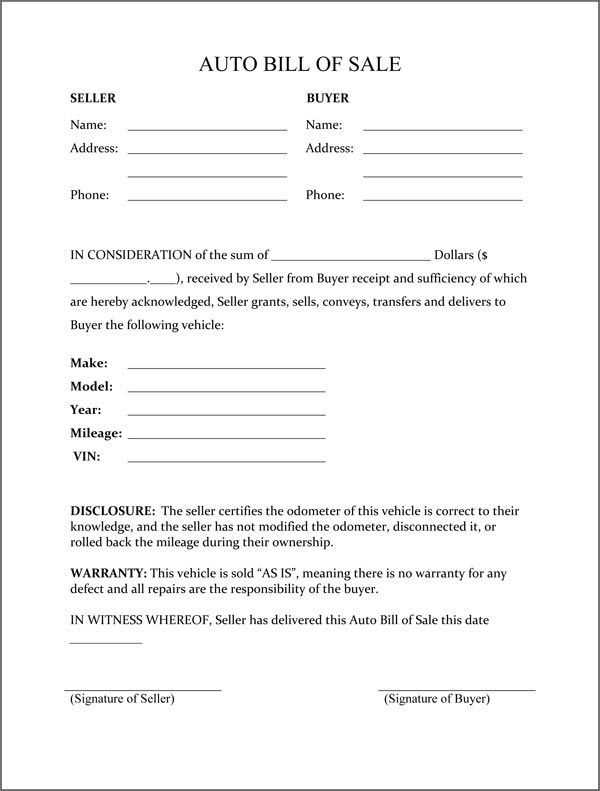
Before finalizing the sale, ensure all ownership documents are available, such as the vehicle title and proof of identity. Both parties should verify these documents for authenticity. The seller must ensure the title is clear of any liens.
Complete a Vehicle History Report
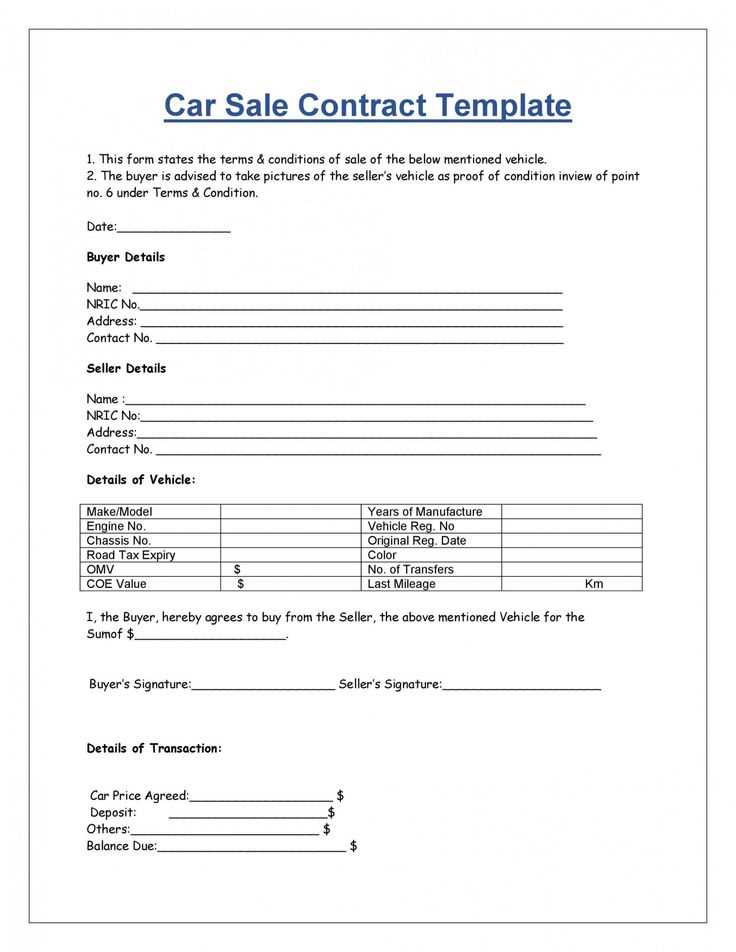
Check the vehicle’s history for any legal issues, including accidents or outstanding debts. Using a reliable service, get a comprehensive report to ensure the car is free from any legal encumbrances that could affect the transaction.
Once these steps are taken, you will have secured a legally binding transaction. Keep all documentation in a safe place for future reference or in case any issues arise.
